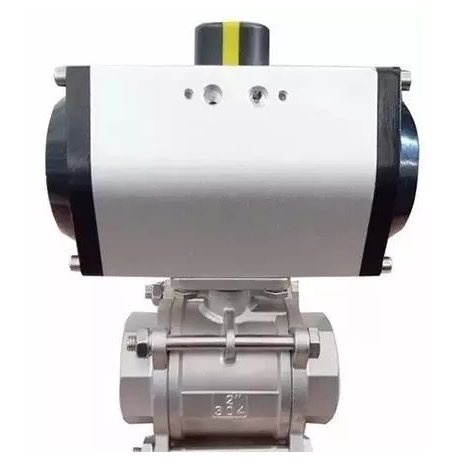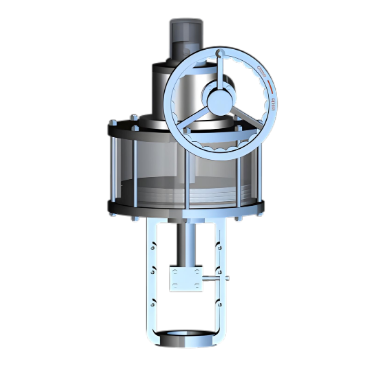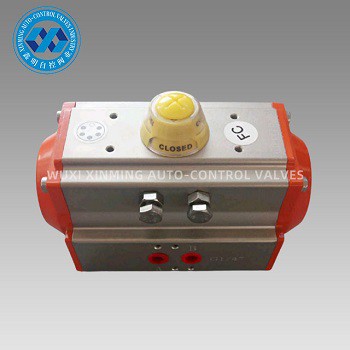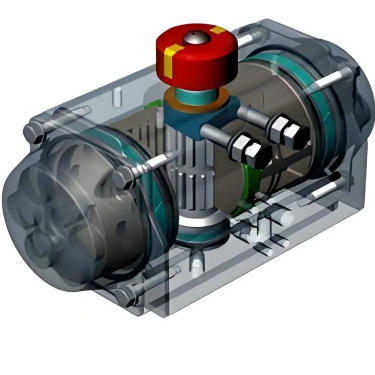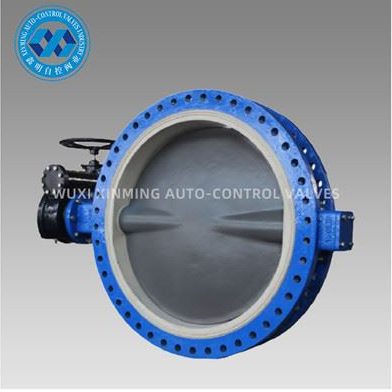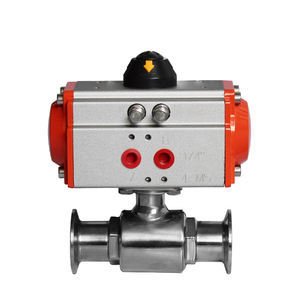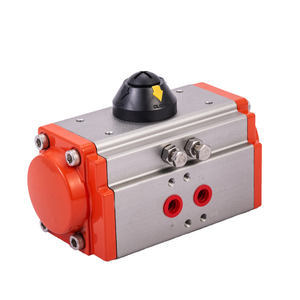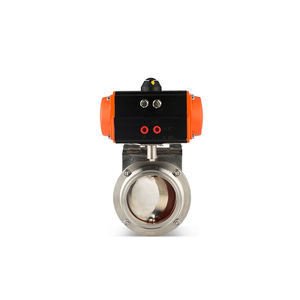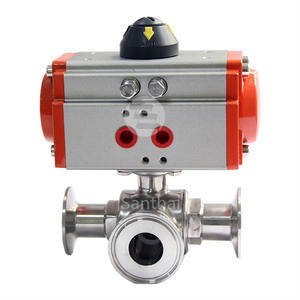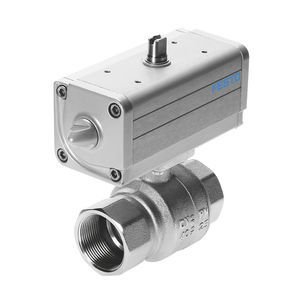When installing valve pneumatic actuators,
several crucial precautions must be taken to ensure safe and efficient
operation.
First, carefully inspect the actuator and
all associated components before installation. Check for any signs of damage,
such as cracks, dents, or loose parts. Ensure that the actuator's
specifications match the requirements of the valve and the overall system.
Proper alignment is essential. Misalignment
can cause excessive stress on the actuator and valve, leading to premature wear
and potential failure. Use alignment tools to ensure that the actuator is
precisely centered with the valve stem. Tighten the mounting bolts evenly to
avoid creating uneven stress points.
For the pneumatic connections, use high -
quality tubing and fittings that are suitable for the application. Make sure
all connections are tight to prevent air leaks, which can reduce the actuator's
performance. Install filters and regulators in the air supply line to provide
clean and regulated air. This helps protect the actuator from contaminants and
ensures consistent operation.
If the actuator has electrical components,
such as position sensors or solenoid valves, follow the electrical wiring
diagrams carefully. Ensure that all electrical connections are properly
insulated and grounded to prevent electrical hazards.
Finally, before commissioning the system,
perform a thorough inspection and test. Check for any signs of leakage,
abnormal noises, or improper movement. Make sure the actuator operates smoothly
through its full range of motion and that the valve opens and closes correctly.
If you want to learn more about low-priced products, please visit the following website: www.xm-valveactuator.com


